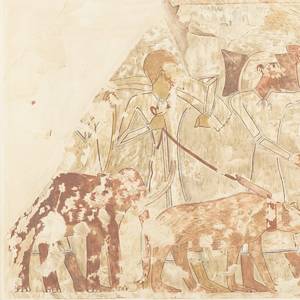Back From The Brink, African Savanna Elephant
1989 CE • Eastern and Southern Africa
“The African elephant once roamed the entire continent of Africa, and the Asian elephant ranged from Syria to northern China and the islands of Indonesia. These abundant populations have been reduced to groups in scattered areas south of the Sahara and in isolated patches in India, Sri Lanka, and Southeast Asia. Demand for ivory, combined with habitat loss from human settlement, has led to a dramatic decline in elephant populations in the last few decades....In 1989, when they were added to the international list of the most endangered species, there were about 600,000 remaining, less than one percent of their original number.” In 1989 the Convention on International Trade in Endangered Species of Wild Fauna and Flora (CITES) placed the African elephant on its most critically endagered list. The ban led to anti-poaching campaigns and increased wildlife protection, and set African elephants on the road to recovery.
“Asian and African Elephant” Bagheera < http://www.bagheera.com/inthewild/van\_anim\_elephant.htm
Courtesy of Jan Arkesteijn Wikimedia.


Learn about Maya Lin’s fifth and final memorial: a multi-platform science based artwork that presents an ecological history of our world - past, present, and future.

Discover ecological histories and stories of former abundance, loss, and recovery on the map of memory.

Learn how we can reduce our emissions and protect and restore species and habitats – around the world.

See how art can help us rethink the problems we face, and give us hope that each one of us can make a difference.

Help make a global memorial something personal and close to home. Share your stories of the natural world.
